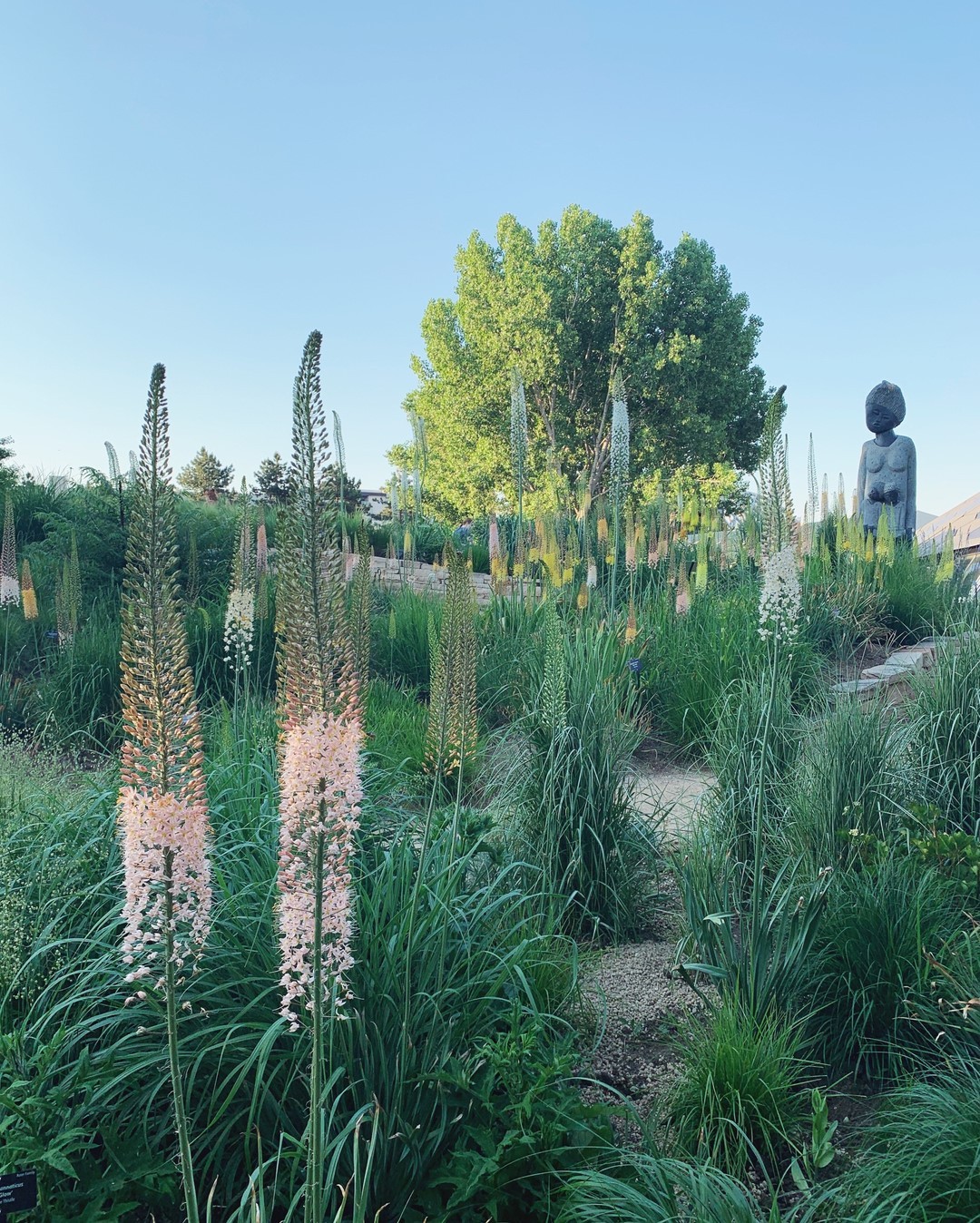.jpg)
Before I had my first video camera, I had a film camera. It was an old Minolta, handed down from my parents when I signed up for a black and white photography class in high school. I took that camera everywhere, diligently collecting rolls of film to later unravel in the darkroom, emerging with the smell of developer hanging on my sweatshirt.
I took that film camera on its first international trip not long after, to China and Japan. Developing the rolls of film from that trip is still one of my most cherished memories; seeing the Great Wall and the Golden Pavilion slowly appear onto my photographic paper.
.jpg)
Unfortunately, I haven’t set foot in a darkroom since those high school days – although I dream of finding myself there again someday. And while the world of video used to involve actual cutting and splicing of film reels, these days, things look a lot different. The good thing is that those basic principles I learned all those years ago in that darkroom still form the foundation of how I shoot video on my DSLR.
Good thing for you, if you’re just getting started with video but are already comfortable behind a camera, those principles will apply for you too! Here are some examples:
Video for Photographers: The Basics
Composition: Everything you know about what makes a good photo regarding composition (like the rule of thirds) also applies to video – if you’ve trained your eye here for photography, you’ll be able to compose great shots in video form. Just remember to keep your camera in landscape orientation so that your videos are consistent once you start editing.
Depth of Field: Once again, this is an important tool in photography that also comes into play when shooting video. Create shots that incorporate foreground and background elements, and pay attention to what is in focus. Keep in mind that you’re looking for moving elements in a video!
Shutter Speed: If you’re familiar with your camera’s manual settings, you’re going to be able to jump into the video settings very easily. In your camera’s menu, check the frame rate of your video. Most cameras will shoot in 24, 25 or 30 frames per second. A good rule of thumb is to keep your shutter speed at 2x your frame rate. This means that 25fps would match with a 1/50 shutter speed and 30fps would use 1/60. If you’re not comfortable in manual, shoot in shutter priority and set your shutter speed settings to match your respective frame rate!
Camera shake: The slower your shutter speed, the more you’re susceptible to camera shake and potentially blurry images. Stabilization becomes extra important when you’re shooting video. So whip out that tripod and get your camera stable before pressing record.
These days, being a business owner means having a diverse skill set. You’re doing everything from taking product photos to keeping your Instagram up to date. Remember, you don’t need to throw the baby out with the bathwater when switching from photo-taking to video-making. And, you can start with the skills you already have. The principles of video can build upon the basics of photography.











